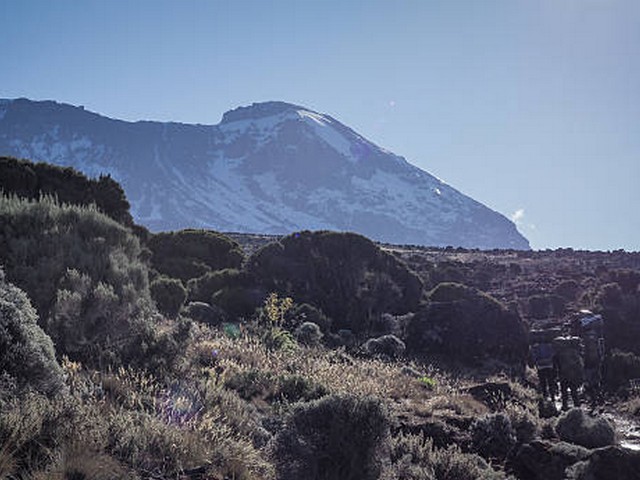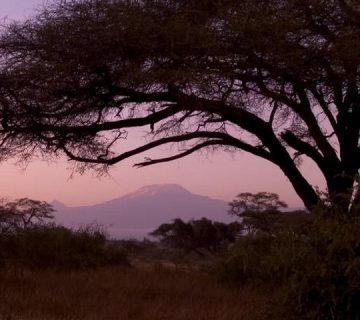Conquering Kilimanjaro: A Guide to Altitude Sickness Medications for Trekkers
Standing as a beacon of triumph and nature’s majesty, Mount Kilimanjaro calls to adventurers from around the globe. The allure of its snowy summit and the challenge of its steep trails draw countless trekkers every year. However, the journey to Uhuru Peak isn’t just a physical challenge; it’s a battle against the altitude as well. At Kilimanjaro Centre for Trekking and Ecotourism (KCTE), we understand that preparation is the key to a successful climb. Among the most critical preparations is understanding and managing altitude sickness. Today, let’s embark on a journey through the clouds, exploring the essential altitude sickness medications for Kilimanjaro trekkers that can make your climb safer and more enjoyable.
Altitude Sickness: Why It Matters on Kilimanjaro
Before diving into the medications, it’s crucial to grasp why altitude sickness is a pivotal concern on Kilimanjaro. As you ascend beyond 2,500 meters (8,200 feet), the air thins significantly, reducing the amount of oxygen available. This can lead to altitude sickness, which manifests in symptoms like headaches, nausea, dizziness, and in severe cases, can be life-threatening.
Understanding the risks and preparing with the right medications can not only enhance your climbing experience but also safeguard your health. Let’s explore how you can stay one step ahead of altitude sickness.
Preparing for the Ascent: Medications to Consider
Acetazolamide (Diamox)
The go-to medication for altitude sickness prevention and treatment is Acetazolamide, commonly known by its trade name, Diamox. It works by altering blood acidity, which increases breathing rates and improves oxygen uptake. Start taking Diamox 24 hours before your ascent and continue until you have acclimatized at your highest altitude.
Dexamethasone
This potent medication is generally reserved for treating severe altitude sickness and cerebral edema. It’s a strong anti-inflammatory and should be used under strict medical guidance. Dexamethasone can be a lifesaver in critical situations on the mountain.
Ibuprofen
For milder symptoms like headaches, which are common at high altitudes, Ibuprofen can be effective. It’s easily accessible and helps reduce discomfort during your trek, allowing you to focus more on the beauty around you and less on the nagging pains.
Nifedipine
For climbers at risk of high-altitude pulmonary edema (HAPE), Nifedipine can be prescribed. It helps by decreasing pulmonary artery pressure and easing the heart’s workload in the thin air of higher altitudes.
Natural Remedies and Preventative Measures
While medications are essential, they are most effective when combined with natural preventative strategies. Ensuring proper acclimatization days, staying hydrated, and consuming a balanced diet can significantly reduce the risks of altitude sickness. Natural supplements such as Gingko Biloba have also been suggested to aid in acclimatization, though they should not replace conventional medications.
When to Use Medication: Listen to Your Body and Your Guide
The decision to use altitude sickness medication should be tailored to your personal health needs and medical history. Consult with your doctor before your trip, and always keep your guides informed of any medications you are taking. Remember, our experienced guides at KCTE are trained to assist with medical needs and ensure you have the safest and most exhilarating climbing experience.
Choosing KCTE for Your Kilimanjaro Adventure
When you book your Kilimanjaro climb with Kilimanjaro Centre for Trekking and Ecotourism, you’re not just choosing a tour operator; you’re selecting a partner who will guide you through every step of your journey. Our comprehensive climbing packages include detailed acclimatization support, medical advice, and insights into the best practices for handling altitude sickness.
FAQs: Altitude Sickness and Kilimanjaro
What is the best way to prevent altitude sickness on Kilimanjaro?
The best prevention is gradual acclimatization. Consider a longer route for your ascent, which gives your body more time to adjust to the altitude changes. Additionally, medications like Diamox can be highly effective when used properly.
Are there side effects to altitude sickness medications?
Yes, medications like Diamox can cause side effects such as tingling fingers and a tingling sensation in the face, diuresis, and occasionally nausea. Consult your healthcare provider for a comprehensive understanding of potential side effects.
Can I climb Kilimanjaro without taking medications?
Yes, many climbers successfully summit without the use of medications. Prioritizing proper acclimatization, hydration, and listening to your body’s needs are key strategies. However, always prepare and consult with professionals about your specific health needs.
How do I know if I need to descend?
If symptoms of altitude sickness become severe, or if symptoms persist despite taking medications, descending is necessary. Always prioritize safety and seek advice from your guide.
Final Thoughts: Your Summit Awaits
Climbing Kilimanjaro is a dream for many, and with the right preparation, including understanding altitude sickness medications, it can be an achievable and memorable adventure. At Kilimanjaro Centre for Trekking and Ecotourism, we are dedicated to providing you with the tools, knowledge, and support to reach the roof of Africa. Ready to stand above the clouds? Book your journey with KCTE today, and let’s turn your Kilimanjaro dream into a reality!
In the words of the wise, the journey of a thousand miles begins with a single step. Take that step with KCTE and embrace the adventure of a lifetime.




